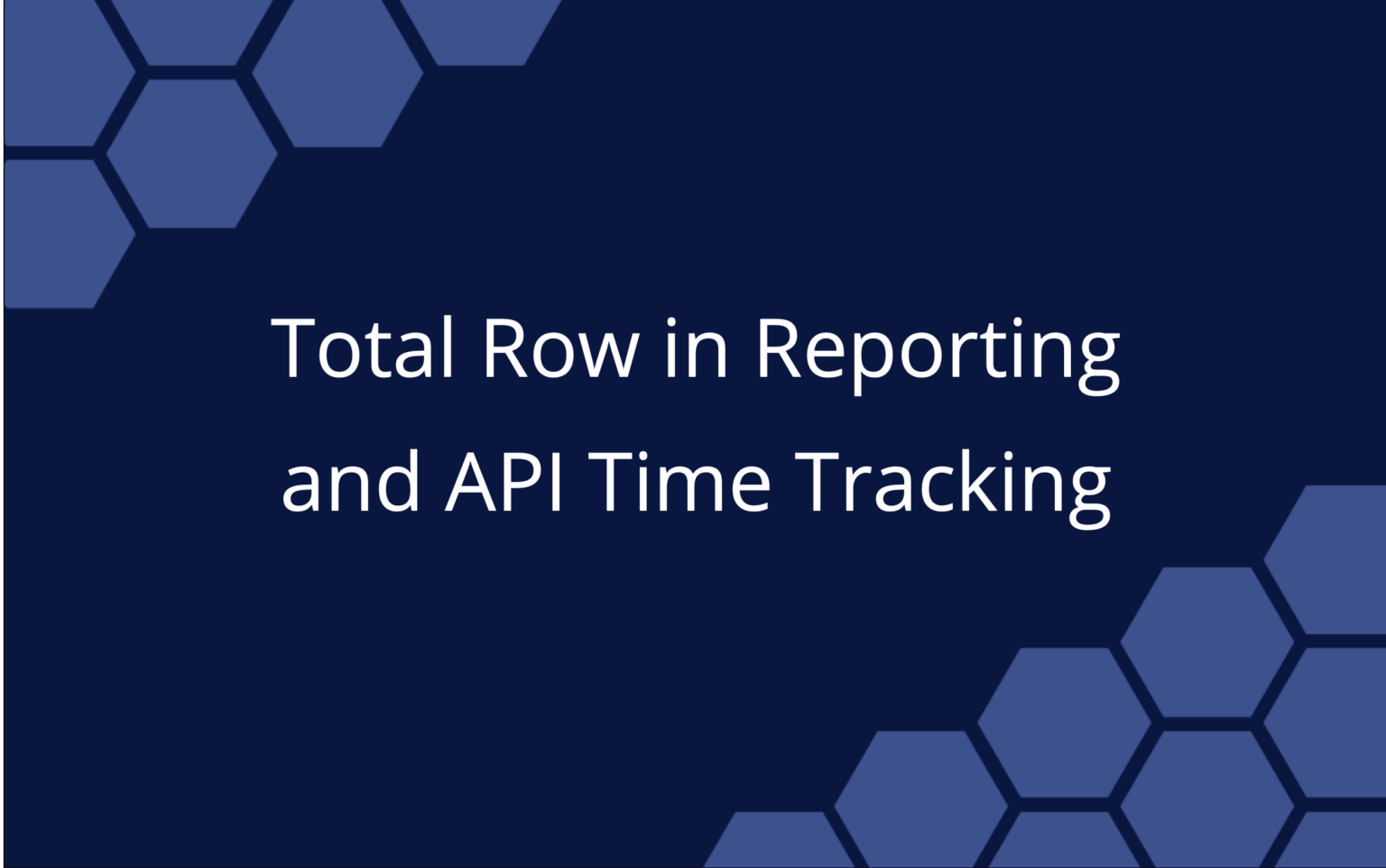The last 20% of the work takes 80% of the schedule. How many times have you heard of this happening?
The project is cruising along. Work is getting done. The percent complete steadily rises until it hits about 80-90% and then it stalls. It just sits there at 90%. Days go by. The team is working, but every time they’re asked for an update the answer comes back the same, “We’re almost done, just another couple of days.”
Ignoring the problem of chronic underestimation, why does this happen?
One reason is using percent complete to record progress. Let’s take a closer look at percent complete.
Suppose we have a project that has 10 team members with 10 days of work each. This gives us a total project size of 100 days of effort (making our calculations super simple).
On day 9 of the project the project manager reports that the team is 85% complete. How late is the project going to be?
Well, it is tempting to say that the team has been knocking off just over 9% of the project work per day so tomorrow (the scheduled end of the project) they should be 94% complete and then the project should end just one day late.
Sure enough, the next day the team is 94% complete. Great! But the next day it is 95% and the day after it is 96% and…
The project comes in 5 days late. Fully 50% behind schedule. What happened?
What happened was that Larry (known as “Late Larry” to the rest of the team) started on his 10 day task 5 days late. So by day 10 Larry still had 5 days left to work. Tracking percent complete made this impossible to see from the project level.
So, what to do?
I think the best way to avoid this kind of thing is to always ask, “How much work is left?” And ask for it in arange. By asking how much is left instead of how much got done you allow for the fact that people learn more about the task as work on it progresses. It is extremely unlikely that the original estimate is right on target and asking how much is left is a good, non-confrontational way to get this important schedule information. Asking for a range reinforces the idea that we expect that estimates change as the work gets done.
Be bold! Toss out percent complete and focus your project team on looking forward to what is coming up by monitoring the work in front of you rather than focusing on the past.
 Say hello to the new Tempo! LiquidPlanner is now Portfolio Manager.
Say hello to the new Tempo! LiquidPlanner is now Portfolio Manager. 






